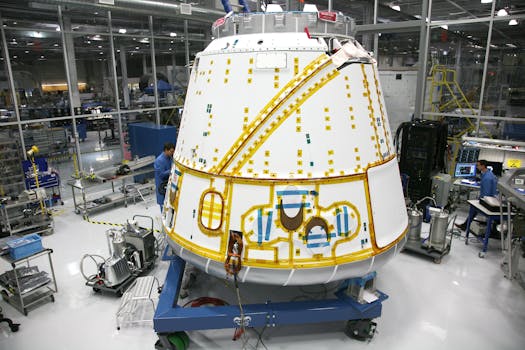Satellite Telecommunications 2023: Key Developments and What They Mean for the Industry

Satellite Telecommunications 2023: Key Developments and What They Mean for the Industry
Satellite Telecommunications 2023 has been a year of significant growth and development for the industry, with several key advancements and changes in regulations. The industry has seen a surge in demand for satellite-based services, driven by the increasing need for global connectivity and the growing adoption of emerging technologies such as 5G and the Internet of Things (IoT).
The development of new satellite constellations, such as OneWeb and Amazon’s Kuiper Systems, has been a major focus for the industry in 2023. These constellations are designed to provide high-speed, low-latency internet connectivity to remote and underserved areas, and have the potential to revolutionize the way we communicate and access information. According to a report by MarketsandMarkets, the global satellite telecommunications market is expected to grow from USD 4.6 billion in 2020 to USD 7.8 billion by 2025, at a Compound Annual Growth Rate (CAGR) of 11.4% during the forecast period.
New Technologies and Innovations
Another key development in the satellite telecommunications industry in 2023 has been the advancement of new technologies and innovations. The development of new satellite technologies, such as phased array antennas and advanced propulsion systems, has improved the efficiency and effectiveness of satellite operations. Additionally, the adoption of artificial intelligence (AI) and machine learning (ML) has enabled satellite operators to optimize their operations and improve the quality of their services. For example, Intelsat has launched a new satellite, Intelsat 40e, which features a advanced digital payload and is designed to provide high-speed broadband services to the North American market.
The use of satellite-based technologies has also become increasingly important for the development of 5G networks. Satellite-based backhaul solutions are being used to provide connectivity to remote areas, where fiber-based backhaul is not available. According to a report by GSMA, satellite-based backhaul solutions will play a critical role in the development of 5G networks, particularly in rural and remote areas.
Regulatory Environment
The regulatory environment for the satellite telecommunications industry has also undergone significant changes in 2023. The Federal Communications Commission (FCC) has implemented new regulations aimed at promoting the development of the industry, including the adoption of new rules for the use of satellite spectrum. Additionally, the International Telecommunication Union (ITU) has established new guidelines for the use of satellite-based services, including the provision of emergency communications services.
The impact of these regulatory changes on the industry has been significant. The new rules and guidelines have provided a framework for the development of new satellite-based services, and have helped to promote investment in the industry. According to a report by FCC, the new rules for the use of satellite spectrum are expected to generate significant economic benefits, including the creation of new jobs and the stimulation of economic growth.
Conclusion
In conclusion, the satellite telecommunications industry has seen significant developments in 2023, with advancements in technology and changes in regulations. The development of new satellite constellations, the advancement of new technologies and innovations, and the changes in the regulatory environment have all contributed to the growth and development of the industry. As the industry continues to evolve, it is likely that we will see even more significant developments in the future, including the adoption of new technologies and the expansion of satellite-based services to new markets.
See more:
https://www.marketsandmarkets.com/
https://www.intelsat.com/
https://www.gsma.com/

